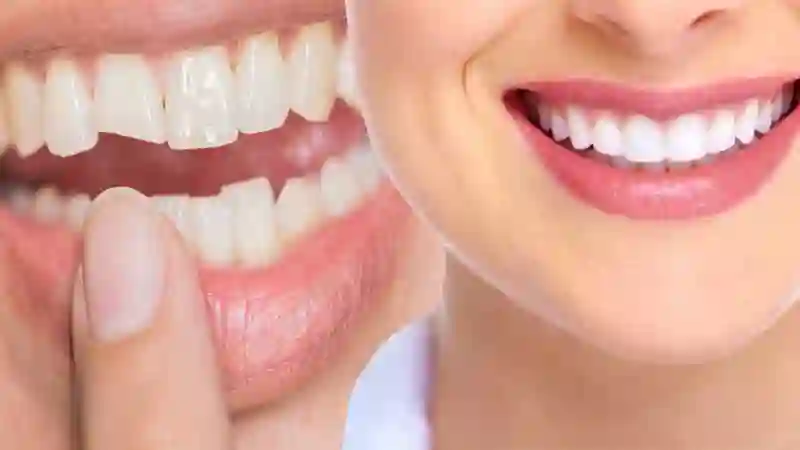If you have gaps between your teeth, misshapen or misaligned teeth, discolored, stained, chipped or broken teeth, modern cosmetic dentistry can make all the difference.
Not only will a cosmetic dentist improve your smile, but they can also help prevent future dental issues like damage to your gums and bone with procedures like porcelain veneers or repairing cracked or decayed teeth with tooth-colored fillings.
Veneers
Veneers are paper-thin coverings that are bonded over the front of teeth to correct cosmetically unappealing features such as gaps, chips, discolourations, and crooked or misaligned teeth. Whether they are crafted from porcelain or composite resin, these veneers look gorgeous and make people feel good about their smiles.
Porcelain veneers are extremely durable and can last for years if they are properly cared for. They can also be made to match the colour of your natural tooth, making them a great choice for those who have a preference for whiter teeth.
Veneers are a long-term investment and must be cared for with regular dental visits, daily brushing and flossing, and avoiding foods and drinks that can stain your teeth. In addition, you should wear a mouthguard during contact sports and protect your veneers from nighttime teeth grinding with a retainer or splint.
Crowns
Crowns are tooth-shaped “caps” that fit over natural teeth to restore their shape, size, strength and appearance. They are a common restoration in general dentistry but are used more frequently in cosmetic dentistry.
Porcelain or porcelain fused to metal (PFM) crowns offer remarkable aesthetics and are the ideal choice for patients who want a long-lasting, stable solution to their dental concerns. They can be used to save a badly decayed tooth from extraction or as part of an implant-supported bridge to replace a missing tooth.
They also are useful in treating teeth that have become chipped or cracked by accident, or that are worn down from clenching or grinding the teeth. They can also be used to correct misshapen or disproportionate teeth that make a smile appear unattractive.
Unlike crowns, veneers are thin, custom-made shells that cover the front of the tooth and can be color matched to the rest of the patient’s teeth. Veneers are less invasive than crowns, but are not reversible.
Bonding
Bonding is a cosmetic dentistry procedure that involves the application of composite resin to repair and enhance teeth click here. It’s an affordable and quick option for improving the appearance of a tooth without removing too much natural material.
Bonding can be used to reshape a tooth, fill in spaces, cover up stains or even make crooked teeth look straighter. It can also be used to protect teeth that are decayed or weakened by gum disease or injury.
The procedure begins with a tooth-colored resin that is custom matched to your smile. After a thorough examination of your teeth, your dentist will apply the resin to the affected area and then shape it to your liking.
The process is minimally invasive and can be reversed at any time. It’s an excellent choice for patients who want to make small changes in their smiles and don’t wish to undergo other procedures such as veneers or crowns.
Whitening
One of the most popular cosmetic dentistry procedures is teeth whitening. This is a simple procedure that can enhance your smile and make you look more youthful.
Whitening can be done in a dentist’s office or at home using trays that are custom-made for you by the dentist. You can typically expect to see up to 8 shades whiter teeth after a few weeks of treatment.
Another method is to use a professional-grade, in-office bleaching kit that will whiten your teeth by up to 9 shades. This treatment is much more potent and reliable than anything you can buy at the store, and you’ll only need to visit your cosmetic dentist for a few sessions.
In addition, whitening can also be used to address intrinsic stains that develop on the interior of your teeth. These can be caused by trauma, aging and exposure to minerals during tooth formation. These are sometimes resistant to whitening treatments but can be corrected with supervised take-home bleaching.



